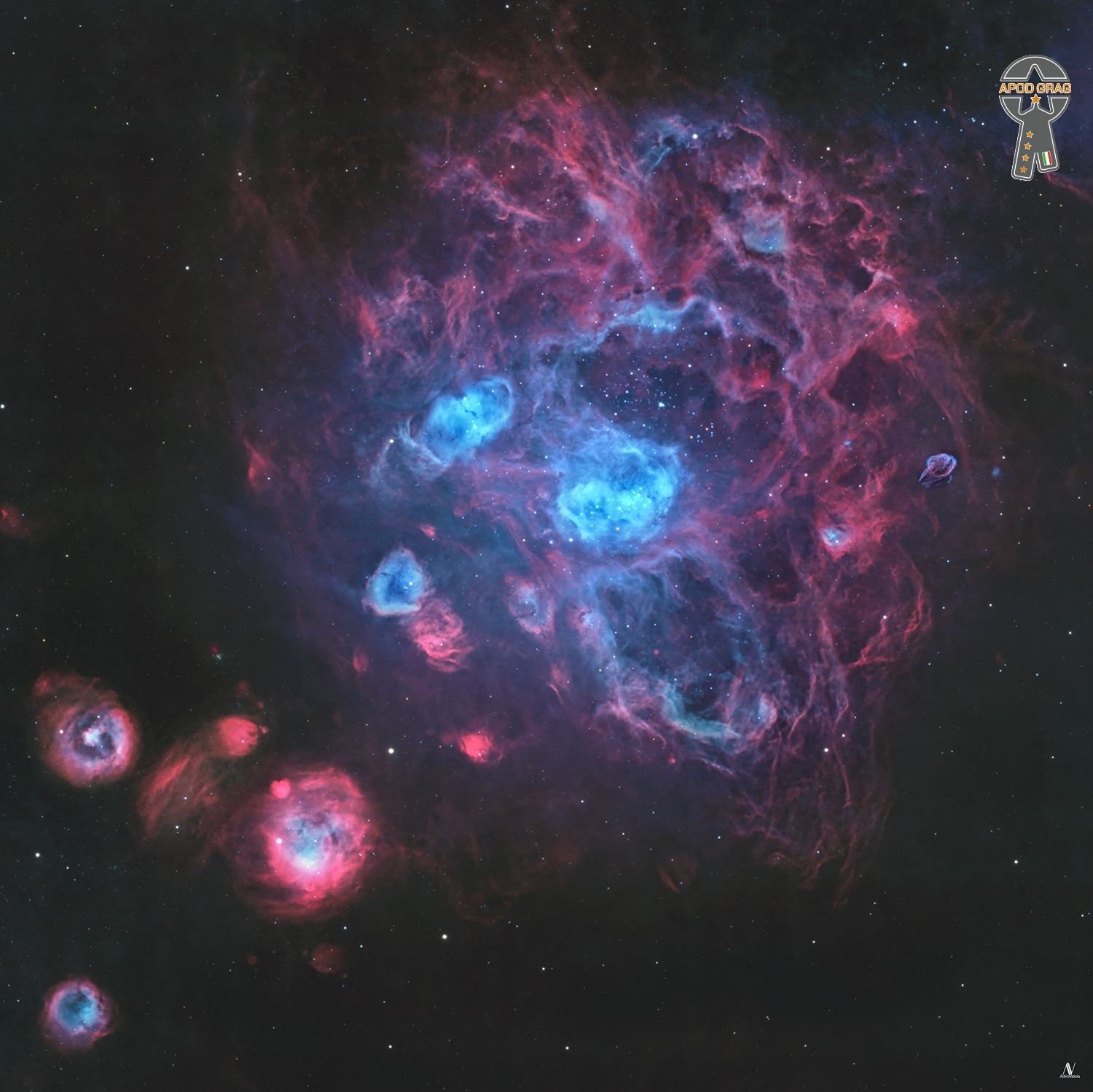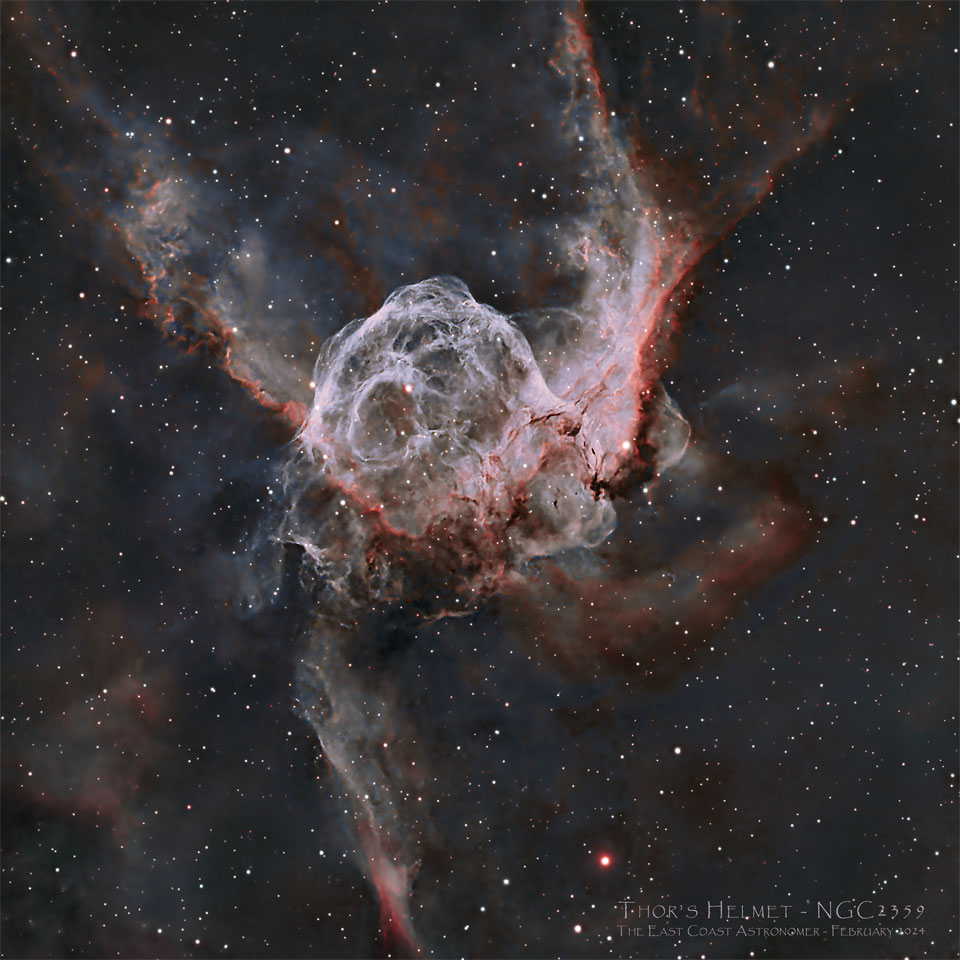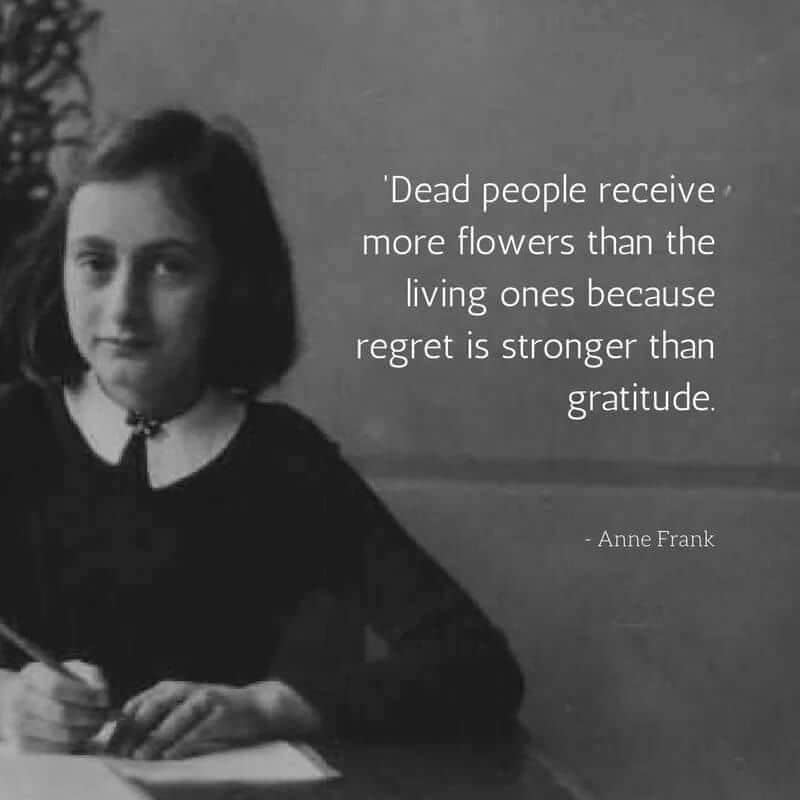Blog
NGC 1763 is an emission nebula with an integrated star cluster, located in the constellation Dorado, in the Large Magellanic Cloud, which has been named N11. It is located approximately 160,000 light years from Earth.
NGC 1763 is the bright (blue) nebula near the centre of the image and is also part of an area commonly known as the Bean Nebula.
There are several objects in this image: the nebulae in emission Ngc 1760, Ngc 1769, Ngc 1773 and also open clusters: Ngc 1733, Ngc 1761, Ngc 1776.
Photo taken at El Sauce Chile in 106H38 in HOORVB from 16/10 to 03/12/2024.

Carl Frederick Kendall Palmer (born 20 March 1950) is an English drummer. He was a founding member of the supergroups Emerson, Lake & Palmer and Asia, a touring drummer for The Crazy World of Arthur Brown and a founding member of Atomic Rooster. He has toured with his own bands since 2001, including Palmer, the Carl Palmer Band, and currently, Carl Palmer’s ELP Legacy.
Palmer was inducted into the Modern Drummer Hall of Fame in 1989, and was awarded the Prog God Award at the 2017 Progressive Music Awards.
more...Lee “Scratch” Perry OD (born Rainford Hugh Perry; 20 March 1936 – 29 August 2021) was a Jamaican record producer, songwriter and singer noted for his innovative studio techniques and production style. Perry was a pioneer in the 1970s development of dub music with his early adoption of remixing and studio effects to create new instrumental or vocal versions of existing reggae tracks. He worked with and produced for a wide variety of artists, including Bob Marley and the Wailers, Junior Murvin, the Congos, Max Romeo, Adrian Sherwood, Beastie Boys, Ari Up, the Clash, the Orb, and many others.
more...Harold Mabern Jr. (March 20, 1936 – September 17, 2019) was an American jazzpianist and composer, principally in the hard bop, post-bop, and soul jazz fields. He is described in The Penguin Guide to Jazz Recordings as “one of the great post-bop pianists”. Mabern was born in Memphis, Tennessee on March 20, 1936. He initially started learning drums before switching to learning piano. He had access to a piano from his teens, after his father, who worked in a lumber yard, saved to buy him one. Mabern learned by watching and emulating pianists Charles Thomas and Phineas Newborn Jr. Mabern attended Douglass High School, before transferring to Manassas High School; he played with saxophonists Frank Strozier, George Coleman and trumpeter Booker Little at this time, but was most influenced by Newborn, Jr. In 1954, after graduating, Mabern moved to Chicago, intending to attend the American Conservatory of Music. He was unable to afford to attend music college because of a change in his parents’ financial circumstances, but had private lessons there for six months and developed his reading ability by playing with trombonist Morris Ellis’ big band. He also developed by listening to Ahmad Jamal and others in clubs, and “playing and practicing 12 hours a day” for the next five years, but he remained self-taught as a pianist. Mabern went on to play with Walter Perkins‘ MJT + 3 and others in Chicago.
more...Margaret Marian McPartland OBE (Turner; 20 March 1918 – 20 August 2013), was an English and American jazz pianist, composer, and writer. She was the host of Marian McPartland’s Piano Jazz on National Public Radio from 1978 to 2011.
After her marriage to trumpeter Jimmy McPartland in February 1945, she resided in the United States when not travelling throughout the world to perform. In 1969, she founded Halcyon Records, a recording company that issued albums for 10 years. In 2000, she was named a National Endowment for the Arts Jazz Master. In 2004, she was given a Grammy Award for lifetime achievement. In 2007, she was inducted into the National Radio Hall of Fame. Although known mostly for jazz, she composed other types of music as well, performing her own symphonic work A Portrait of Rachel Carson with the University of South Carolina Symphony Orchestra in 2007. In 2010, she was named a member of the Order of the British Empire.
more...Sister Rosetta Tharpe (born Rosetta Nubin, March 20, 1915 – October 9, 1973) was an American singer, songwriter and guitarist. She gained popularity in the 1930s and 1940s with her gospel recordings, characterized by a unique mixture of spiritual lyrics and electric guitar. She was the first great recording star of gospel music, and was among the first gospel musicians to appeal to rhythm and blues and rock and rollaudiences, later being referred to as “the original soul sister” and “the Godmother of rock and roll“. She influenced early rock-and-roll musicians, including Little Richard, Chuck Berry, Johnny Cash, Carl Perkins, Elvis Presley, Jerry Lee Lewis, and also later musicians, such as Eric Clapton and Tina Turner.
Tharpe was a pioneer in her guitar technique; she was among the first popular recording artists to use heavy distortion on her electric guitar, opening the way to the rise of electric blues. Her guitar-playing technique had a profound influence on the development of British blues in the 1960s. Her European tour with Muddy Waters in 1964, with a stop in Manchester on May 7, is cited by British guitarists such as Eric Clapton, Jeff Beck, and Keith Richards.
Willing to cross the line between sacred and secular by performing her music of “light” in the “darkness” of nightclubs and concert halls with big bands behind her, Tharpe pushed spiritual music into the mainstream and helped pioneer the rise of pop-gospel, beginning in 1938 with the recording “Rock Me” and with her 1939 hit “This Train“.Her unique music left a lasting mark on more conventional gospel artists such as Ira Tucker Sr., of the Dixie Hummingbirds. While controversial among conservative religious groups due to her forays into the pop world, she never left gospel music.
Tharpe’s 1944 release “Down by the Riverside” was selected for the National Recording Registry of the U.S. Library of Congress in 2004, which noted that it “captures her spirited guitar playing and unique vocal style, demonstrating clearly her influence on early rhythm-and-blues performers” and cited her influence on “many gospel, jazz, and rock artists”. (“Down by the Riverside” was recorded by Tharpe on December 2, 1948, in New York City, and issued as Decca single 48106). Her 1945 hit “Strange Things Happening Every Day“, recorded in late 1944, featured Tharpe’s vocals and resonator guitar, with Sammy Price (piano), bass and drums. It was the first gospel record to cross over, hitting no. 2 on the Billboard “race records” chart, the term then used for what later became the R&B chart, in April 1945. The recording has been cited as a precursor of rock and roll, and alternatively has been called the first rock and roll record. In May 2018, Tharpe was posthumously inducted into the Rock and Roll Hall of Fame as an Early Influence.
more...Dillon “Curley” Russell (March 19, 1917 – July 3, 1986) was an American jazzmusician, who played bass on many bebop recordings.
He was born in Trinidad. He was nicknamed “Curley” for his curly hair.
A member of the Tadd Dameron Sextet, he was in demand for his ability to play at the rapid tempos typical of bebop, and appears on several key recordings of the period. He left the music business in the late 1950s.
On May 1, 1951, Russell played in the recording session for “Un Poco Loco“, composed by American jazz pianist Bud Powell, with Max Roach on drums. Literary critic Harold Bloom included this performance on his short list of the greatest works of twentieth-century American art.
According to jazz historian Phil Schaap, the classic bebop tune “Donna Lee“, a contrafact on “Back Home Again in Indiana“, was named after Curley’s daughter. In 2002, she donated her father’s bass to the Institute of Jazz Studies at Rutgers University.
Russell died of emphysema at Queens General Hospital at the age of 69 in 1986.
more...Thor’s Helmet, NGC 2359 is a hat-shaped cosmic cloud with wing-like appendages. Heroically sized even for a Norse god, Thor’s Helmet is about 30 light-years across. In fact, the cosmic head-covering is more like an interstellar bubble, blown by a fast wind from the bright, massive star near the bubble’s center. Known as a Wolf-Rayet star, the central star is an extremely hot giant thought to be in a brief, pre-supernova stage of evolution. NGC 2359 is located about 15,000 light-years away toward the constellation of the Great Overdog. This sharp image is a mixed cocktail of data from narrowband filters, capturing not only natural looking stars but details of the nebula’s filamentary structures. The star in the center of Thor’s Helmet is expected to explode in a spectacular supernova sometime within the next few thousand years.

Tom Constanten (born March 19, 1944 Long Branch, NJ) is an American keyboardist, best known for playing with the Grateful Dead from 1968 to 1970, for which he was inducted into the Rock and Roll Hall of Fame in 1994.
more...Clarence Henry II (March 19, 1937 – April 7, 2024), known as Clarence “Frogman” Henry, was an American rhythm and blues singer and pianist, best known for his hits “Ain’t Got No Home” (1956) and “(I Don’t Know Why) But I Do” (1961).
Clarence Henry was born in New Orleans on March 19, 1937. In 1947 he moved to the Algiers neighborhood, where he resided for the rest of his life. He started learning piano as a child, with Fats Domino and Professor Longhair his main influences. When Henry played in talent shows, he dressed like Longhair and wore a wig with braids on both sides. He joined Bobby Mitchell & the Toppers in 1952, playing piano and trombone, and left when he graduated in 1955 to join saxophonist Eddie Smith’s band.
more...James Joseph “Buster“ Bennett (March 19, 1914 – July 3, 1980 Pensacola) was an American blues saxophonist and blues shouter. His nickname was “Leap Frog”. At various times in his career, he played the soprano saxophone, the alto, and the tenor. He was known for his gutbucket style on the saxophone. He also played the piano and the string bass professionally.
more...Leonard Joseph Tristano (March 19, 1919 – November 18, 1978) was an American jazz pianist, composer, arranger, and teacher of jazz improvisation.
Tristano studied for bachelor’s and master’s degrees in music in Chicago before moving to New York City in 1946. He played with leading bebop musicians and formed his own small bands, which soon displayed some of his early interests – contrapuntal interaction of instruments, harmonic flexibility, and rhythmic complexity. His quintet in 1949 recorded the first free group improvisations. Tristano’s innovations continued in 1951, with the first overdubbed, improvised jazz recordings, and two years later, when he recorded an atonal improvised solo piano piece that was based on the development of motifs rather than on harmonies. He developed further via polyrhythms and chromaticism into the 1960s, but was infrequently recorded.
Tristano started teaching music, especially improvisation, in the early 1940s, and by the mid-1950s was concentrating on teaching in preference to performing. He taught in a structured and disciplined manner, which was unusual in jazz education when he began. His educational role over three decades meant that he exerted an influence on jazz through his students, including saxophonists Lee Konitz and Warne Marsh.
Musicians and critics vary in their appraisal of Tristano as a musician. Some describe his playing as cold and suggest that his innovations had little impact; others state that he was a bridge between bebop and later, freer forms of jazz, and assert that he is less appreciated than he should be because commentators found him hard to categorize and because he chose not to commercialize.
more...More Posts
- The Cosmos with NGC 253
- Michael Jackson
- Bennie Maupin
- Dinah Washington
- Charlie Parker
- World Music with Maja Milinković
- Daily Roots with the Inturns
- Happy Birthday Maya
- The Cosmos with M42
- Phil Seamen
- Joseph Shabalala
- Kenny Drew
- Vilayat Khan
- World Music with Aynur Doğan
- Daily Roots with Aisha
- The Cosmos with IC 1396
- Alice Coltrane
- Lester Young
- Flamenco Fridays with Jośe Galván, Arcángel y Rafael Rodríguez
- Daily Roots with Junior Marvin



